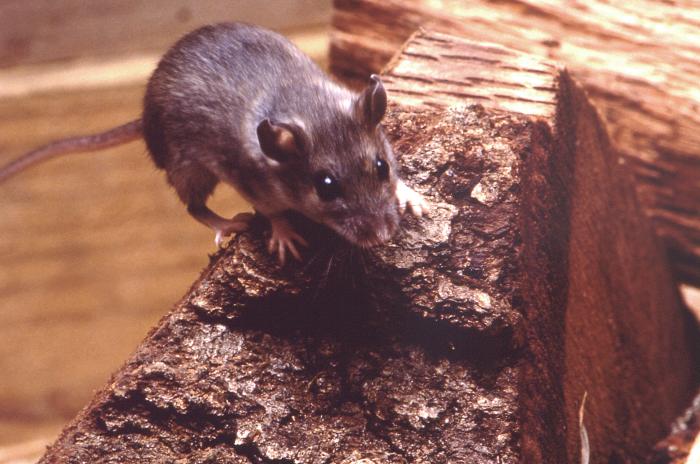Health officials with the Tippecanoe County Health Department has confirmed that a person with Purdue University is positive for the serious zoonotic viral disease, hantavirus. Confirmation testing was performed by the Centers for Disease Control and Prevention (CDC).

The confirmed case involves an individual who became ill after handling potentially infected mice that were captured in the wild as part of a research project at the school. The project has since been terminated. The patient has been hospitalized and is expected to make a full recovery.
Tippecanoe County health officials say a small number of individuals who worked in the lab and may have been exposed to the mice have been identified. Those individuals have been contacted and are being monitored for symptoms.
As of April 2014, 639 hantavirus cases have been reported to the CDC from 34 states since first recognized in 1993 in the US. This is the third hantavirus case reported from Indiana.
Hantavirus is a potentially life-threatening disease spread to humans by rodents that has symptoms similar to influenza.
Hantavirus is carried by rodents, especially deer mice. The virus is found in their urine and feces, but it does not make the animal sick.
It is believed that humans can get sick with this virus if they come in contact with contaminated dust from mice nests or droppings. You may come in contact with the dust when cleaning homes, sheds, or other enclosed areas that have been empty for a long time.
Hantavirus does not spread between humans.
The Centers for Disease Control and Prevention (CDC) divides the symptoms of hantavirus between “early” and “late” symptoms.
Early symptoms include fatigue, fever and muscle aches, especially in the large muscle groups—thighs, hips, back, and sometimes shoulders. These symptoms are universal.
There may also be headaches, dizziness, chills, and abdominal problems, such as nausea, vomiting,diarrhea, and abdominal pain. About half of all HPS patients experience these symptoms.
Four to 10 days after the initial phase of illness, the late symptoms of HPS appear. These include coughing and shortness of breath, with the sensation of, as one survivor put it, a “…tight band around my chest and a pillow over my face” as the lungs fill with fluid.
HPS has a mortality rate of 36% according to the agency.
Related news:
HIV and TB updates from southeastern Indiana
Indiana reports 10-times the Shigella cases in 2014
Watch out Aedes aegypti: Purdue entomologist’s mosquito control discovery


One thought on “Purdue University individual contracts hantavirus, possibly from handling mice in research work”